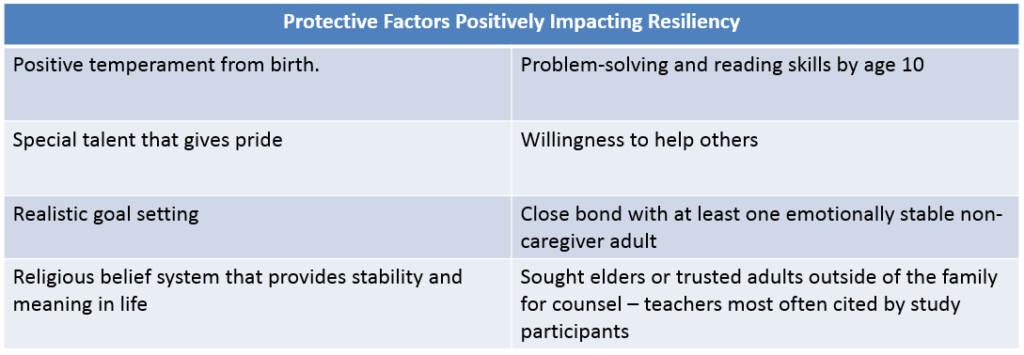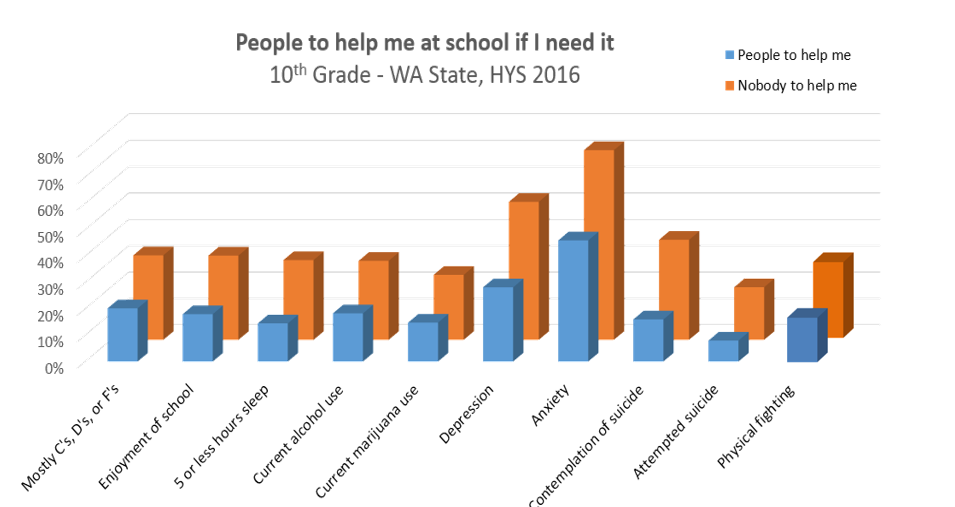Resiliency
Emmy Werner’s landmark resilience study tracked the entire birth cohort of 1955 on the island of Kauai and lasted for 40 years. During this time she followed 698 children from infancy to midlife to determine how risk factors like being born into chronic poverty with a poorly educated and mentally ill mother impacted later delinquency, poor mental and physical health, and family stability.
Werner’s most important finding surprised the world: 1/3rd of the high risk children she followed grew up to be competent, confident, caring adults that achieved success equal to, or exceeding, that of their more stable, low risk factor, peers.
Over time, Werner and other researchers came to understand the mechanisms that most positively and negatively impacted resiliency.


Because we have very little influence over the risk factors that predispose people to experiencing low resiliency, the Children’s Wellness Coalition recommends identifying strategies within your practice or organization that enhance protective factors.
The most important protective factor? Connection and Relationship.
Take a look at some recent healthy youth survey data. The children in blue reported having an adult at school to turn to for help. The children in orange reported they had no adult to turn to for help. Those who lack connection with a helping adult are significantly more likely to fare worse across all behavioral domains!

